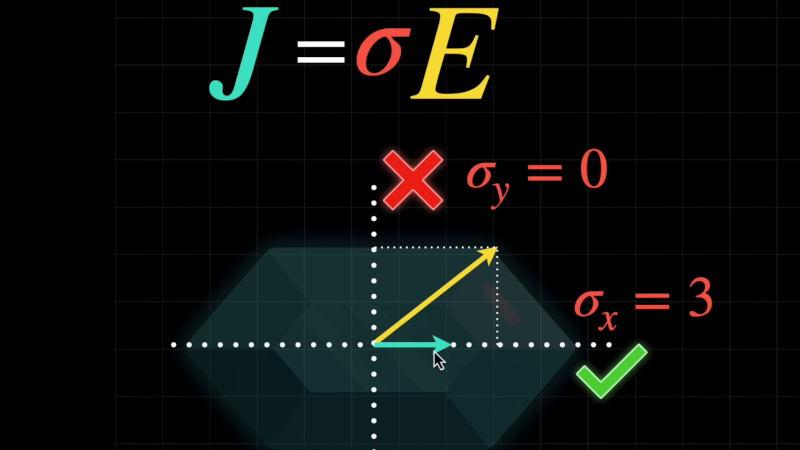Physics
Recent Articles
Sort Options:

Efforts to Ground Physics in Math Are Opening the Secrets of Time
Three mathematicians have unveiled how individual molecules drive the intricate motion of fluids, shedding light on the fundamental reason why time cannot flow in reverse. This groundbreaking insight enhances our understanding of fluid dynamics and the nature of time.

Physics-Informed Neural Networks for Inverse PDE Problems
The article explores the application of Physics-Informed Neural Networks (PINNs) for solving inverse partial differential equation (PDE) problems, highlighting the innovative use of DeepXDE in addressing complex heat equations. This approach promises advancements in computational physics.

This Forbidden Particle Could Break String Theory
Physicists from the University of Pennsylvania and Arizona State University are exploring the challenges of unifying the laws of physics. Their research highlights the discrepancies between the Standard Model of particle physics and other fundamental theories.

No Tension for Tensors?
FloatHeadPhysics captivates audiences with engaging explanations of complex math and physics topics. His latest video on tensors reveals their fundamental role in calculations, showcasing their connection to vectors and scalars through relatable examples like satellites and hydroelectric dams.

Physicists Solve a 50-Year Mystery About a Critically Important Molecule
Researchers highlight a fundamental discovery with vast applications in astrophysics and quantum technology, emphasizing its potential to revolutionize these fields. This breakthrough could pave the way for innovative advancements and deepen our understanding of the universe.

Physicist Solves 120-Year-Old Thermodynamics Puzzle and Corrects Einstein
Professor José María Martín-Olalla from the University of Seville presents a groundbreaking paper asserting that the third principle of thermodynamics derives from the second. This work addresses a long-standing thermodynamics issue that has puzzled scientists for 120 years.